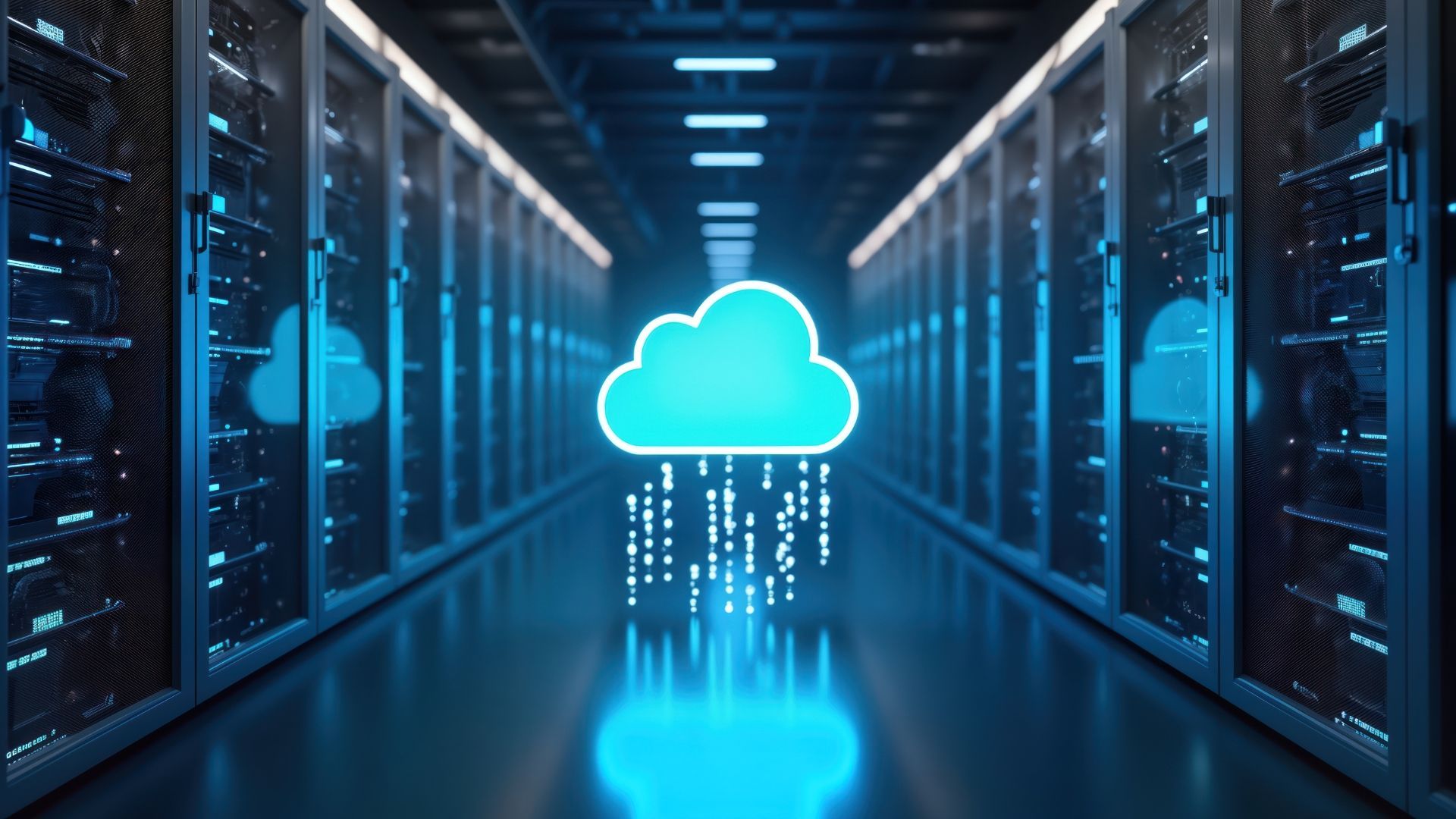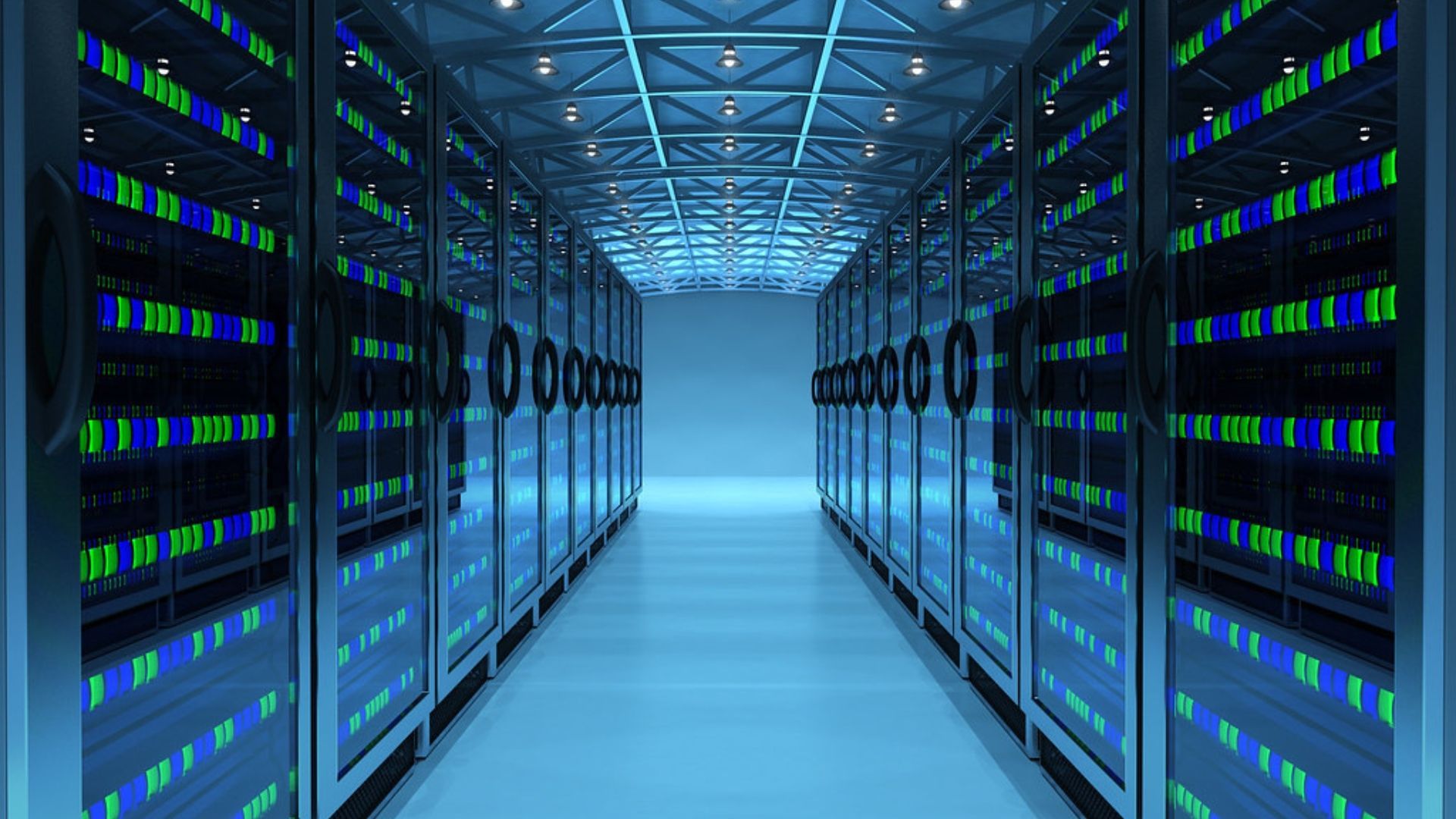How to set up a hyperscale data centre
Want to build your own data centre? It's a big project with lots of moving parts. Join us as we explore the land, power and equipment you would need.
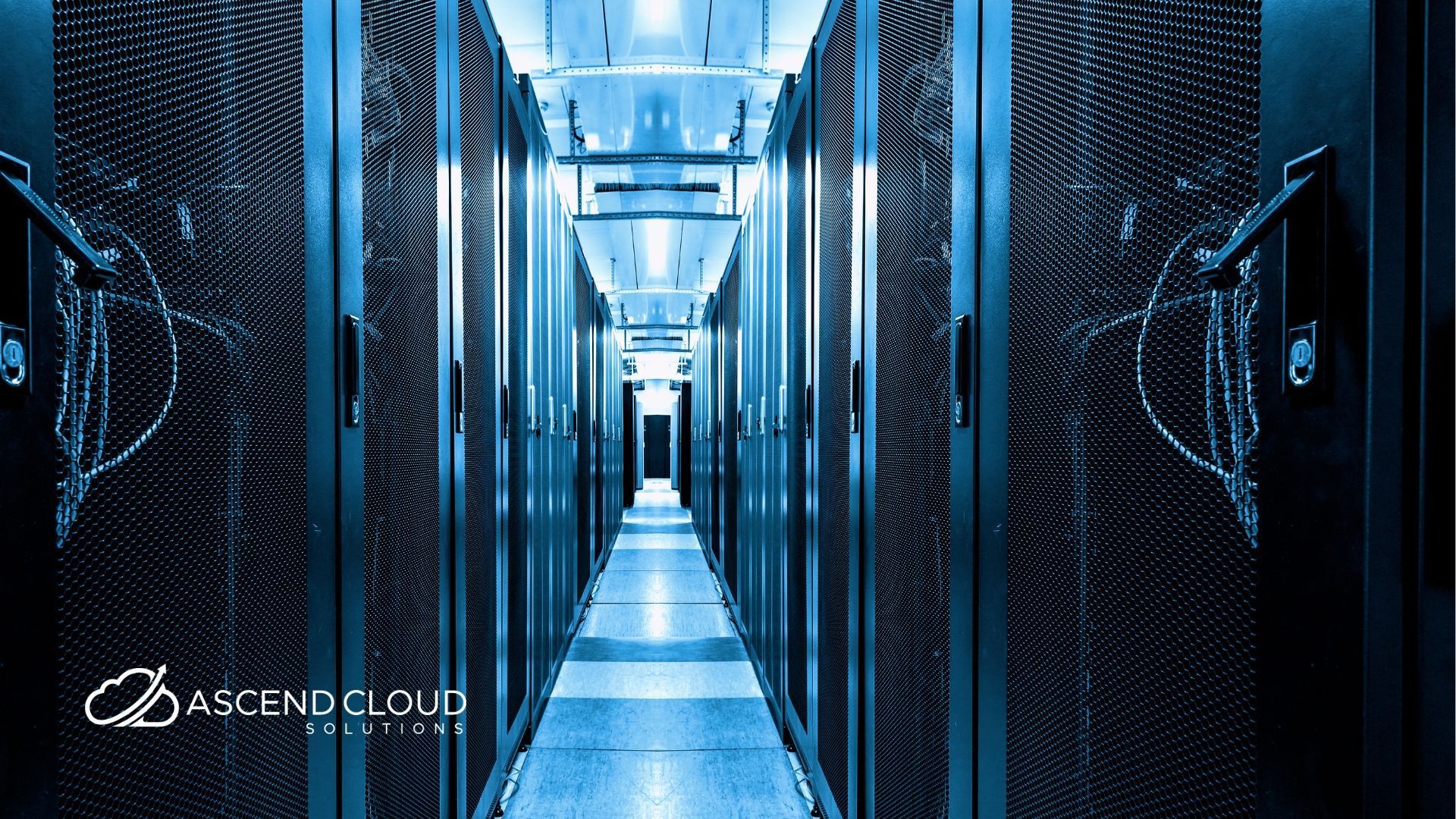
Data centres are the backbone of the internet. Without them, our cloud-based way of working would simply not be possible. They're as essential to business life in the 2020s as typewriters were in the early 20th century.
The difference is that data centres are
big
. To operate successfully and keep the digital world turning, they need space, equipment and lots of money behind them.
Hyperscale facilities are our century's equivalent of farms, silos and sewage facilities. They take up a lot of room. From above, they look like miniature cities. Up close, you see that they're built out of row upon row of servers.
As well as taking up space, they guzzle power like nobody's business – so much so that the carbon footprint of data centres is one of the main criticisms levelled against them and one of the main areas that providers are looking to improve.
The servers need to be powered, of course – but many also require a large-scale cooling apparatus to stop them from overheating.
At this point, you might have realised that "How to set up a hyperscale data centre" is a little tongue-in-cheek. An actual tutorial would be as complex as "How to set up a nuclear power plant" or "Hydroelectric dams for beginners".
But let's say you were going to put aside a bank holiday weekend to investigate setting up your own data centre. What would you have to take into account?
1. The essentials
The essentials are space, power, cooling, security and management.
Obviously, you'll need ample space for your servers and other infrastructure. It will need to be somewhere secure, accessible and affordable.
Then you need power. A mains supply isn't going to cut it. You need enough juice to keep your infrastructure running – and it needs to be constant. A dodgy connection means disruption and disruption means downtime.
Your servers are going to get hot, fast, so you need to invest in a cooling apparatus. This could be an HVAC system or something less conventional.
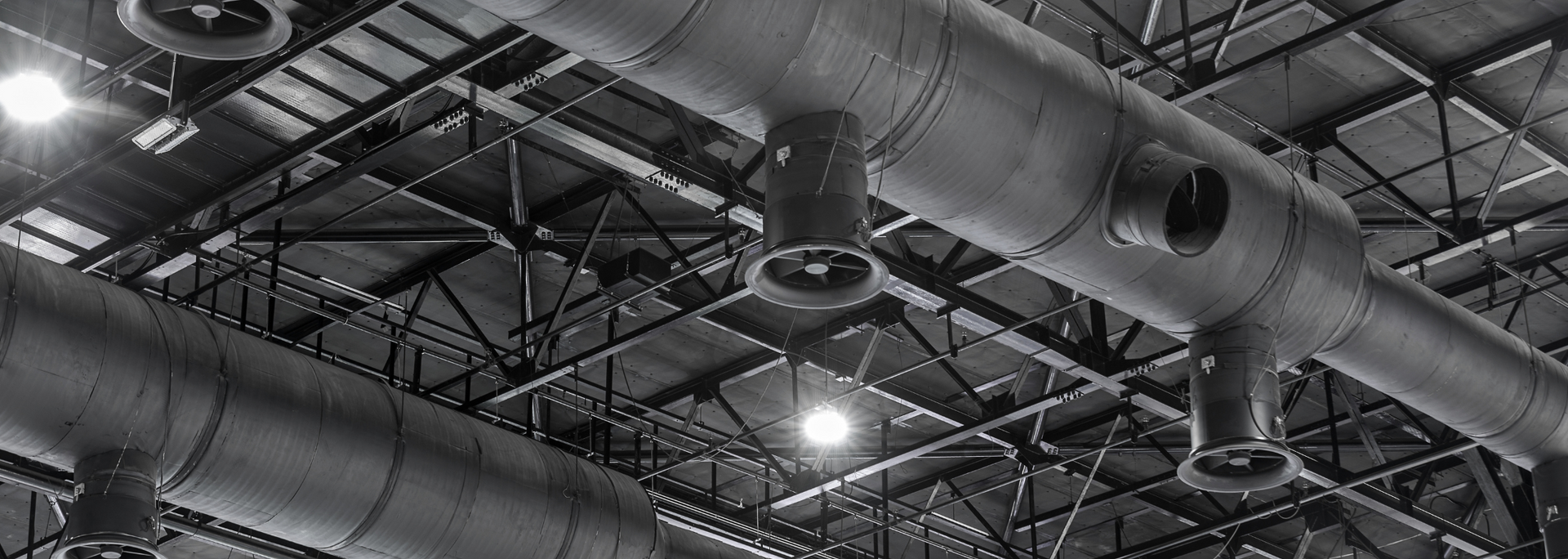
You need to make sure that the site is as secure as any other business premises. That means electronic badge access and CCTV monitoring as a bare minimum.
A more nuanced security posture could include tiered (physical) access permissions for specific pieces of equipment. It could involve escorts for visitors or permanent on-site security personnel.
Whatever the details, it's essential that your data centre is your castle with a protective moat around it.
Finally, you need your data centre to be overseen and maintained when necessary. Many data centres achieve this via a building management system (BMS), which provides real-time measurements of temperature, humidity, power, cooling and employee access.
2. Getting the gear
Your next consideration is the equipment that makes up your data centre. Here's a basic shopping list:
- Servers
- Storage subsystems
- Switches, routers and firewalls
- Miles of cables
- Server racks
- Backup power in case of an outage
- A data centre infrastructure management (DCIM) platform
Once you've got all this gear together, it's time for assembly. But you need to make sure that you proceed in line with industry standards.
Industry standards
In the age of compliance, your hyperscale data centre must be in line with industry standards. These are the big four:
- ANSI/TIA 942 -B: this is the Telecommunications Industry Association's standard for data centre infrastructure. It covers network architecture, electrical design, mechanical systems, system redundancy, fire safety, physical security and efficiency.
- ASHRAE : these guidelines aren't specific to data centres but cover the design, installation and testing of AC and refrigeration technology.
- EN 50600 series : this is the European standard for data centres. It "offers a holistic approach to [their] planning, construction and operation".
- Uptime Institute Tier Standard : this is the global standard for data centre availability (uptime) and performance.
There are other relevant regulations covering, for instance, payment card security and data handling. But these are the four biggies that you need to check out before putting spades in the ground.
What scale are you working on?
"Scalability" is a word that gets bandied around a lot in the cloud world. Heck, it's one of the biggest selling points of cloud technologies. Compared to an on-prem data centre, colocation facilities allow you to scale up and down as easily as you'd amend your Netflix subscription.
However, the same can't be said for data centres themselves. This is physical hardware – and physical hardware is notoriously tricky to rightsize.
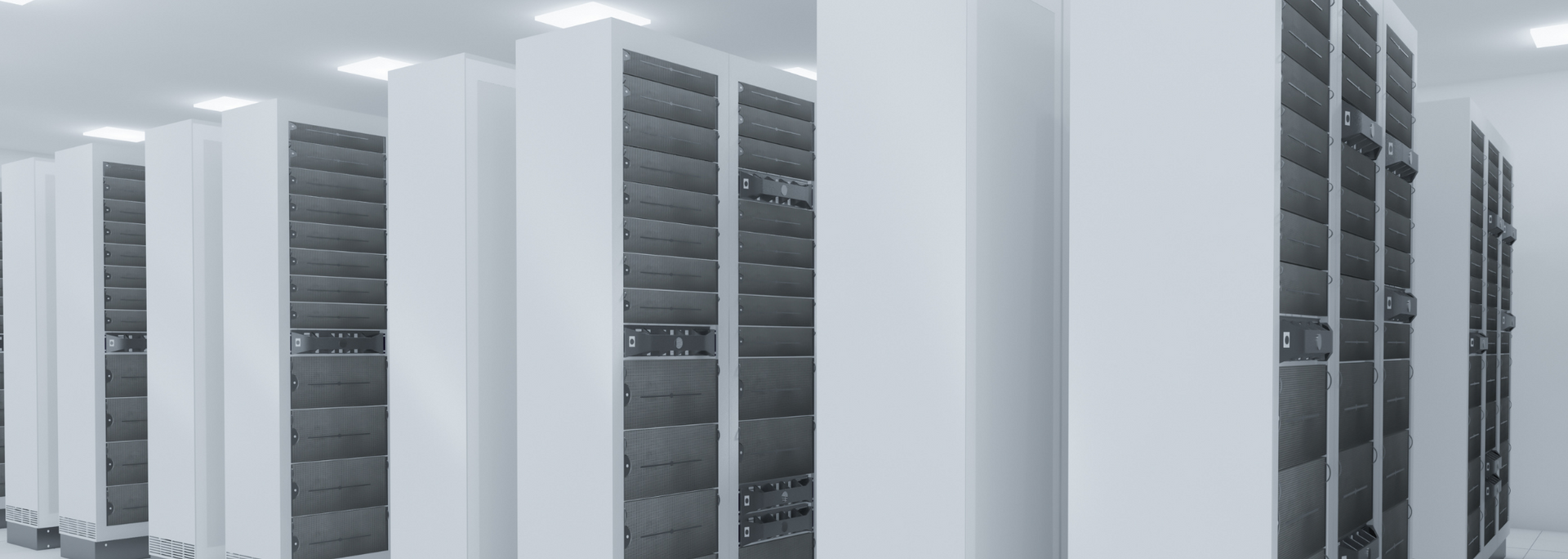
This is partly because rightsizing is constantly in flux as cloud solutions continue to proliferate. The capacity you need now may not be the capacity you'll need in a year.
This puts you in a bind. Do you go small and risk running out of capacity? Or do you go big and pay for unused space on the assumption that you'll need it someday?
Rightsizing isn't simply about the amount of land used. It also covers lighting, cooling and even the sturdiness of the floor. After all, the more servers you've got, the more weight the floor will need to take.
Cybersecurity
It's not just physical access that needs to be policed. Data centres are vulnerable to cyber attacks – that means malware and viruses, DDoS attacks, intrusion detection systems (IDS) and others.
That's why it's imperative to invest in a robust security solution. The alternative is for your system to be compromised, data to be lost and downtime to be endured.
Final thoughts
Data centres are crucial to the smooth running of businesses across the world. Like other types of power infrastructure, they're extremely complex and require space, equipment and considerable power. That's why so many businesses choose to rent servers in hyperscale facilities rather than manage or build their own.
Ascend is a
cloud computing consultancy
staffed by some of the world's leading VMware experts. For more industry news and guides,
follow our blog
.


